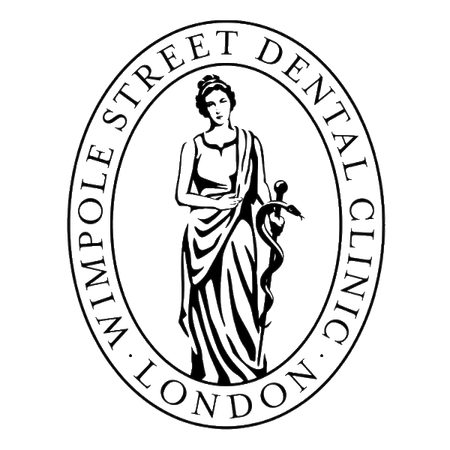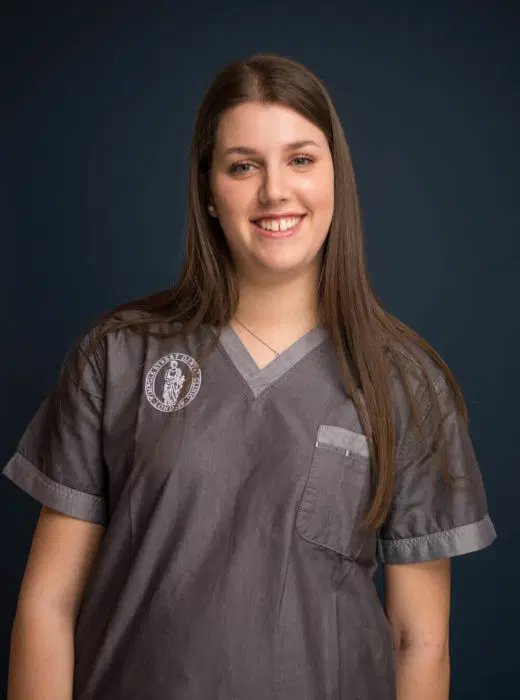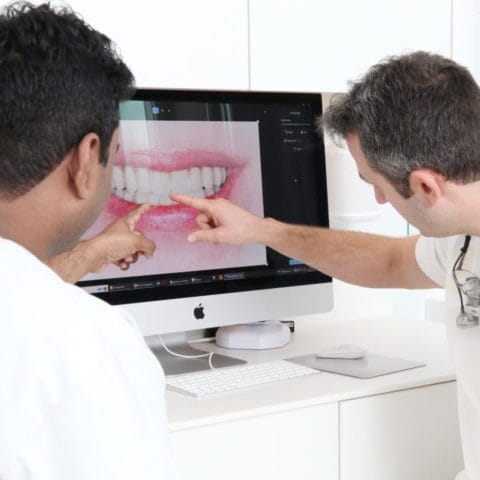Invisalign in London
It’s never too late for perfectly aligned teeth. If you wish to correct the positioning of your teeth without braces, this might just be the right method for you. Invisalign is a teeth alignment system using cutting-edge technology which is ahead of the game in the world of clear aligners. It delivers on efficiency, efficacy, discreet aesthetic appearance and on user comfort.

Treatment
3.5 months – 2 years

Price
From £2,500

Team Experience
25+ Years

Recovery Time
Dependent on case

Google Rating
★★★★★ (4.9)
Examples of our work
Invisalign offers a discreet, convenient way to straighten teeth and perfect smiles without traditional braces. At Wimpole Street Dental Clinic, our Invisalign case studies highlight the journey of patients who have achieved beautifully aligned smiles through this innovative, clear aligner system. Each case reflects our personalised approach and dedication to precision, helping patients reach their orthodontic goals comfortably and confidently.

The Invisalign® system creates a set of virtually invisible and removable plastic trays (aligners or sometimes called splints) which are manufactured on a bespoke basis to provide a perfect fit over a patient’s teeth at every stage of the treatment process. Often referred to as “invisible braces“, Invisalign® is a popular alternative to adult braces or traditional braces as the system can be removed and is entirely discreet.
The secret to the orthodontic treatment is the gradual and gentle pressure exerted by the clear aligners to shift the teeth into their correct position guided by the exact movements planned out by your dentist or orthodontist using ClinCheck 3D software. This software can encourage you to use the aligners as we can show you ahead of the treatment the likely final tooth position if you complete the treatment successfully.
Who is suitable for Invisalign®?
Children and adults of all ages can be suitable for Invisalign. It is particularly useful for patients with concerns of decay and gum health, as with this orthodontic method they can continue their normal oral hygiene routine. Here are some of the conditions that Invisalign can correct:
Overjet – The overjet is the horizontal (anterior-posterior) relationship of the front teeth. The greatest distance between the incisal edges of the central incisors in the upper and lower jaw is measured. A significantly larger overjet can have some aesthetic and speech problems, Invisalign can help to reduce this condition.
Overbite – The overbite is the vertical (superior-inferior) relative position of the front teeth in the vertical dimension. The distance from the incisal edge in the upper jaw to the incisal edge of the lower jaw is measured. If the incisal edges bite together, the overbite value is zero. If the teeth overlap too much it can cause problems, being an important factor in increased tooth wear.. This condition makes many dental patients consider the orthodontic treatment of braces but Invisalign® can help with mild to moderate cases of overbite. Invisalign® is much less noticeable and so a discreet alternative to braces. If left untreated it can cause especially your lower teeth to wear down and can even cause pain in your jawline and your gums.
Crowded Teeth –when the teeth significantly overlap their position in the mouth, a condition which can begin in childhood and worsen into adulthood. It can lead to teeth misalignment and can impact both oral health and the aesthetic appearance of the smile, as well as your personal comfort and confidence. Mild cases of crowded teeth can be resolved using Invisalign® within 6-8 months and for more moderate cases the average timeframe is about 18 months duration using this system. If left untreated it can make caring for your teeth harder when it’s time to brush or floss your teeth and so could contribute to your risk of developing tooth decay and/or gum disease.
Underbite –An underbite is a bite problem that occurs when the lower teeth rest further forward than the upper teeth. Underbite mostly occurs due to genetics, as it is related to excessive growth of the lower jaw, and it can cause some dental issues, although the main problem is usually aesthetics. Invisalign can help to minimise the underbite in mild cases, whereas moderate to severe cases require orthognatic surgery.
Gappy Teeth – If your teeth are too small for your jawbone you might have gaps between them. Where the two central incisors are concerned the gap is sometimes called a diastema. Gappy teeth can show in more than one place within the dentition, originally presenting within small children (which may disappear during normal development) and yet are sometimes still noticeable in adulthood. Invisalign® is one dental treatment which could help to close the gaps, however, this is usually done in combination with composite bondings or veneers. At Wimpole Street Dental Clinic we have the perfect team to deal with this condition.
Crossbite – when the side teeth do not meet together in a regular position on the upper and lower jaw when you close your mouth to bite. An asymmetrical jawline position is best treated early in childhood to achieve optimum clinical results. Re-alignment is possible for mild cases of crossbite using Invisalign® aligners which are almost invisible to see and easily removable for comfort.
Pre-prosthetic Orthodontics – an Invisalign® tooth aligner treatment can be applied to straighten the teeth in preparation to receive a dental prosthetic like a dental bridge or a crown restoration. Pre-prosthetic orthodontics can help to reduce the amount of ground-down tooth material and thus can significantly reduce the risk of nerve damage.
Meet your award-winning Invisalign dentist and team…
- We have over 75+ years of combined dentistry experience across our specialist team.
- 10,000+ treatments performed and counting.
- We are leaders in the dental industry – we regularly teach, lecture and publish our research work internationally.
Our Expertise
Our dentists are fully trained with Invisalign and have tremendous experience with this system. What sets us apart from other practices is the holistic vision we have when creating your smile, focusing on dental health and facial aesthetics. Having a team with unique expertise in restorative and cosmetic dentistry often allows patients to take maximum advantage of Invisalign treatment.
Trust Wimpole Street Dental Clinic in London to both offer and deliver the beautiful smile and perfectly straight teeth you have been looking for your whole life with this virtually invisible and so minimally intrusive method of tooth alignment suitable for Invisalign® patients suitable for teenagers and adults alike.
Our London dental clinic has patients who come from all over the UK and even abroad, benefitting from its convenient location in Central London.

Helen Li
Wimpole Street Dental has the highest most ethical standard of work, personable approach, clear and safe procedures, top notch excellence and reliability in treatment provided with utmost professionalism from crème de la crème world class specialists all under one roof.
Invisalign process step by step
Correct diagnosis is in the way the most important part of the process. Identifying the reasons for the dissatisfaction with our smile is crucial to establishing the correct treatment plan. This will be studied during the initial consultation, during which radiographs, photos, and 3D scans will be taken.
A tailored treatment plan will then be produced for you to consider. It includes the probable duration of this therapy (very dependent on the case), the different steps and the costs. Invisalign can take anywhere between three months and two years but rest assured that the aligners are virtually invisible so you can continue your daily life in comfort and confidence, whilst also maintaining good oral hygiene routines.
The aligners are then produced and shipped to us, taking about 2 weeks. Often the treatment will require what we call attachments, which are small portions of resin that help with the orthodontic movements and these are bonded to the teeth by the dentist or orthodontic therapist. Your dentist will advise that the aligners should be used for around 22 hours per day but you can remove them when eating or brushing your teeth.
Take your first step with Wimpole Street Dental Clinic
Discover the path to a brighter smile with Wimpole Street Dental Clinic! Our team of skilled professionals utilizes advanced technology to provide personalised dental care in a comfortable setting.

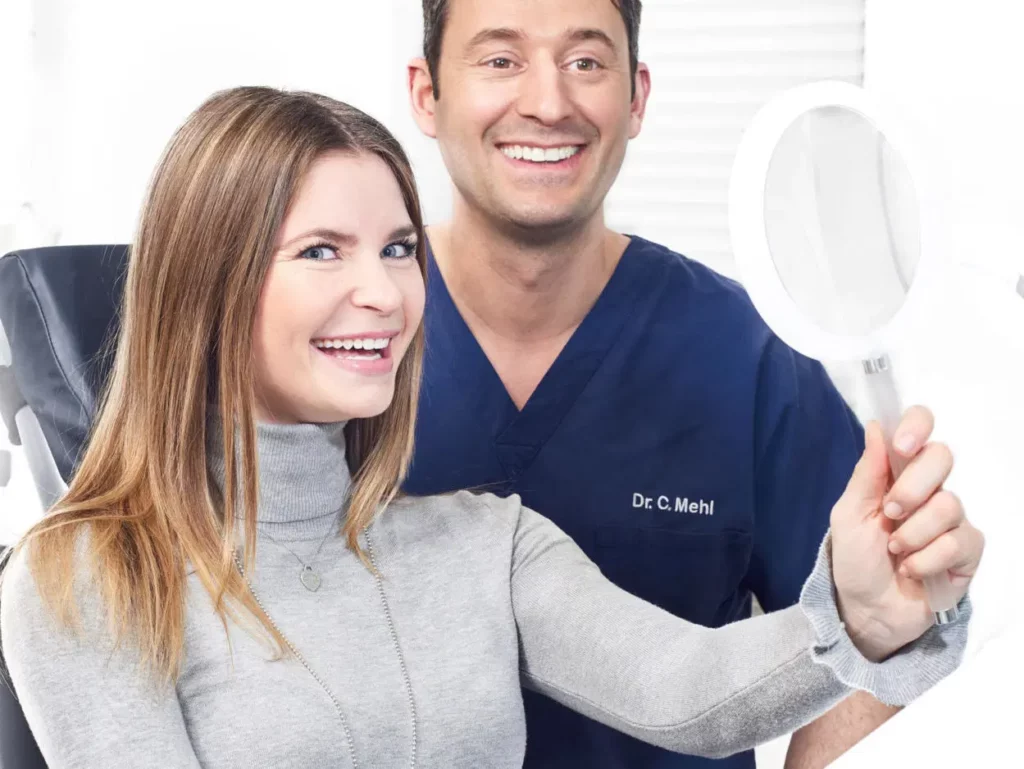
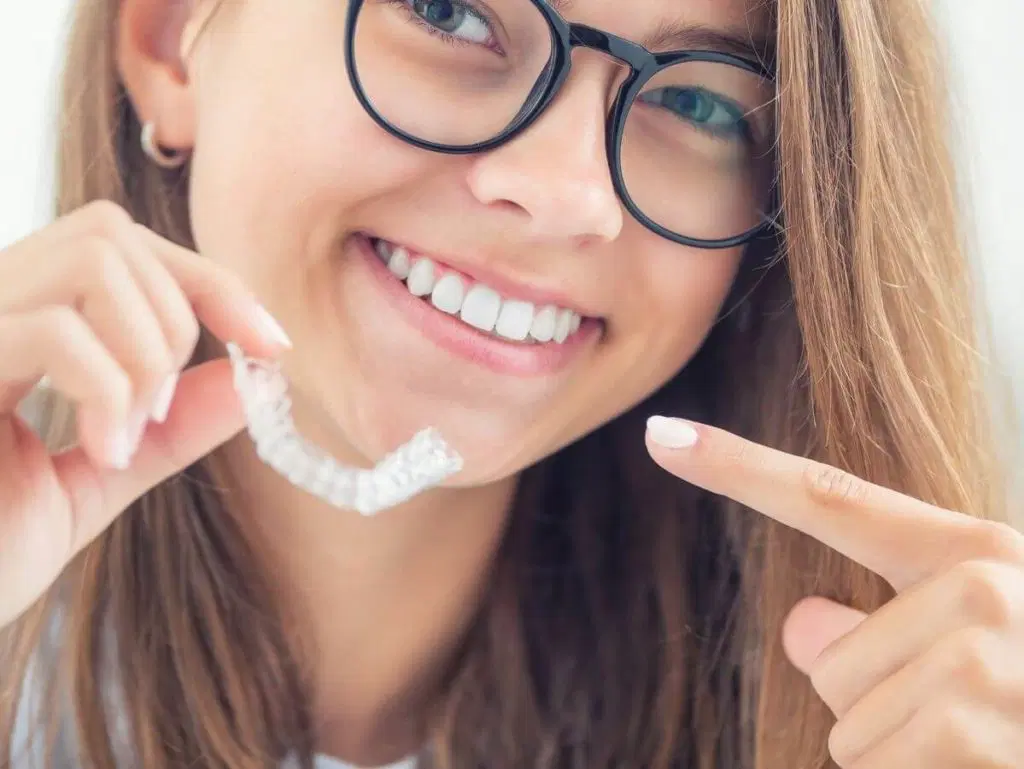

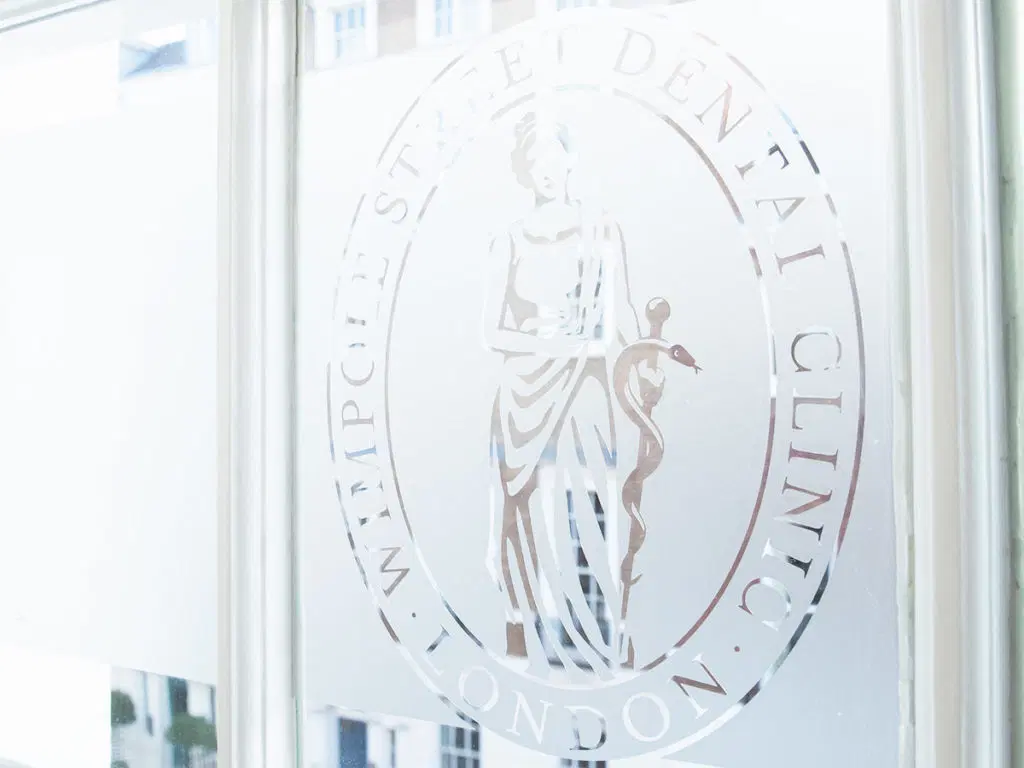

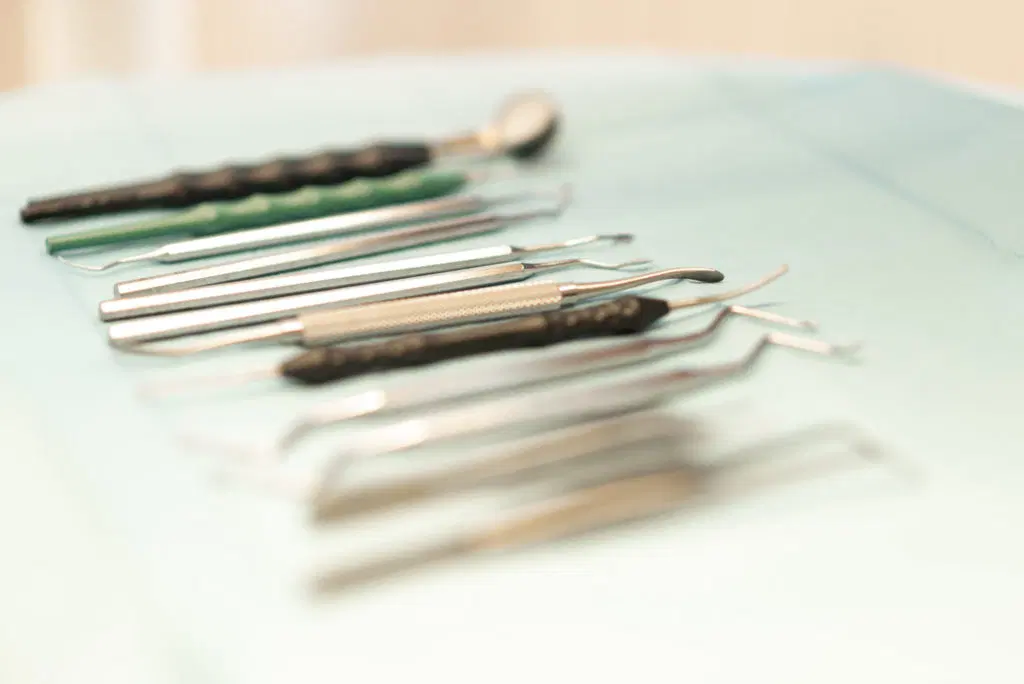
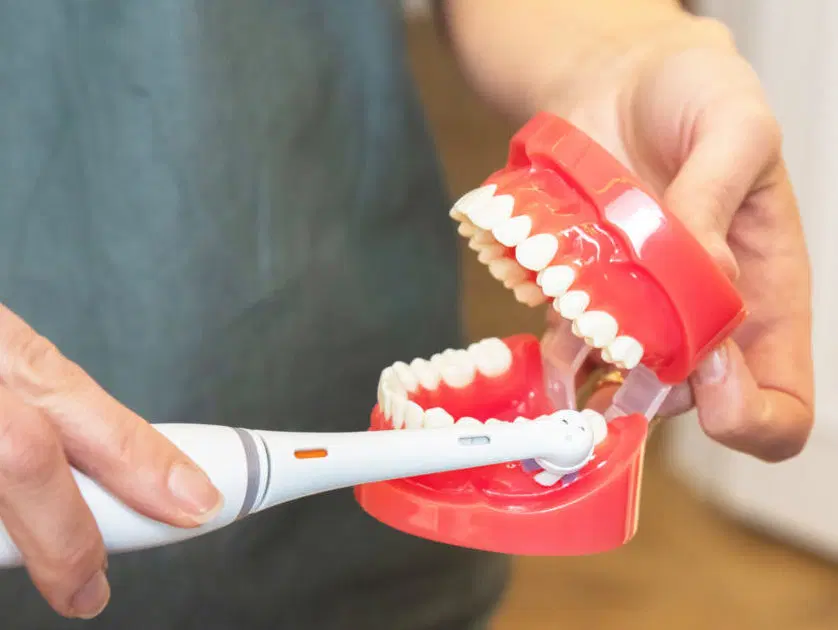
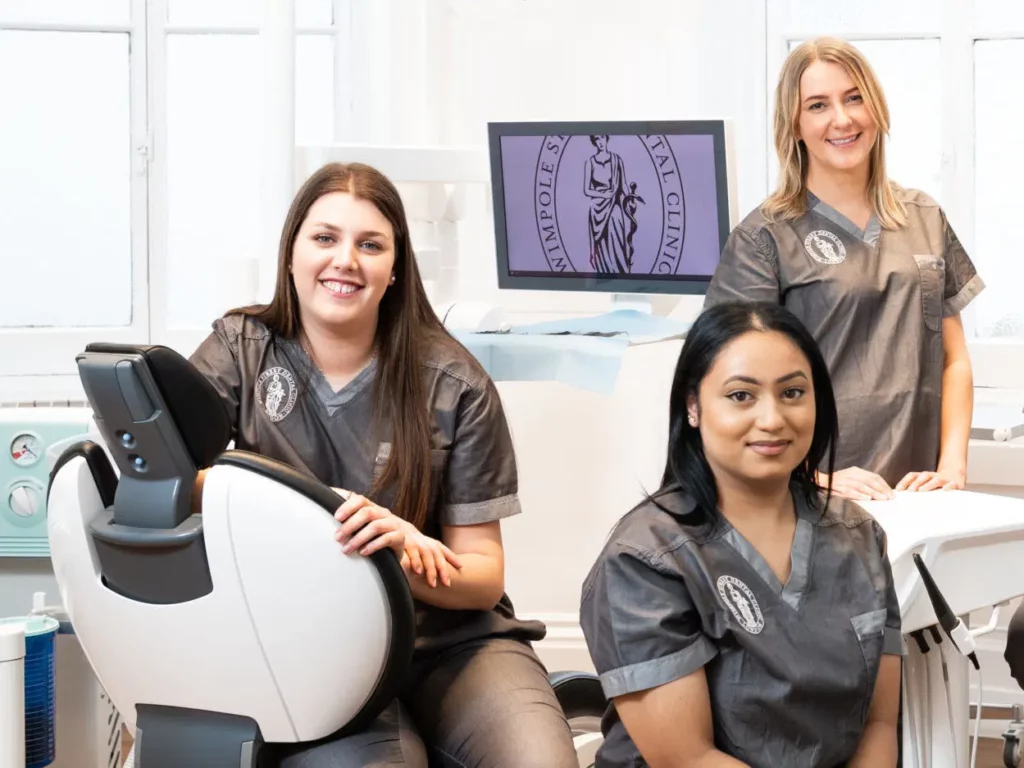



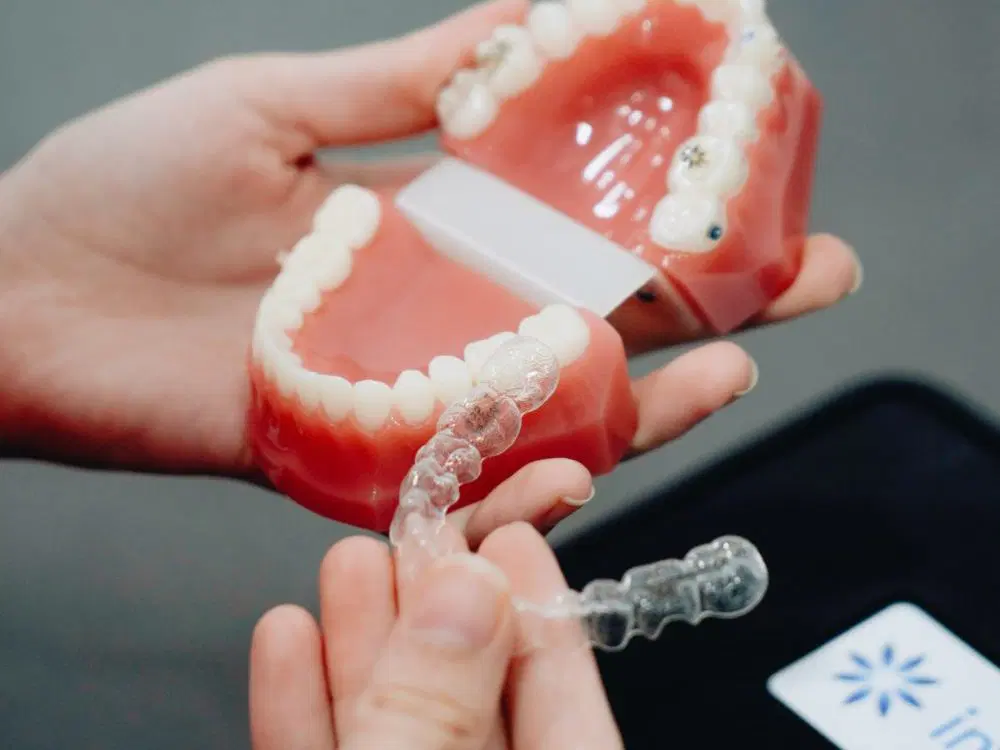
New page design
Written by: Prof Dr Christian Mehl
Medically reviewed by: Dr Raul Costa
Author biography added
Written by: Prof Dr Christian Mehl
Medically reviewed by: Dr Raul Costa
Original content created
Written by: Prof Dr Christian Mehl
Medically reviewed by: Dr Raul Costa
Wimpole St Dental Clinic has strict sourcing guidelines and relies on peer-reviewed studies, academic research institutions, and medical associations. We avoid using tertiary references. You can learn more about how we ensure our content is accurate and current by reading our editorial policy.
- Papadimitriou A, Mousoulea S, Gkantidis N, Kloukos D. Clinical effectiveness of Invisalign® orthodontic treatment: a systematic review. Prog Orthod. 2018 Sep 28;19(1):37. doi: 10.1186/s40510-018-0235-z. PMID: 30264270; PMCID: PMC6160377.
- Kravitz ND. Invisalign transparency. J Clin Orthod. 2022 Aug;56(8):446. PMID: 36572044.
- Haouili N, Kravitz ND, Vaid NR, Ferguson DJ, Makki L. Has Invisalign improved? A prospective follow-up study on the efficacy of tooth movement with Invisalign. Am J Orthod Dentofacial Orthop. 2020 Sep;158(3):420-425. doi: 10.1016/j.ajodo.2019.12.015. Epub 2020 Jun 30. PMID: 32620479.
- Lin E, Julien K, Kesterke M, Buschang PH. Differences in finished case quality between Invisalign and traditional fixed appliances. Angle Orthod. 2022 Mar 1;92(2):173-179. doi: 10.2319/032921-246.1. PMID: 35168256; PMCID: PMC8887409.
